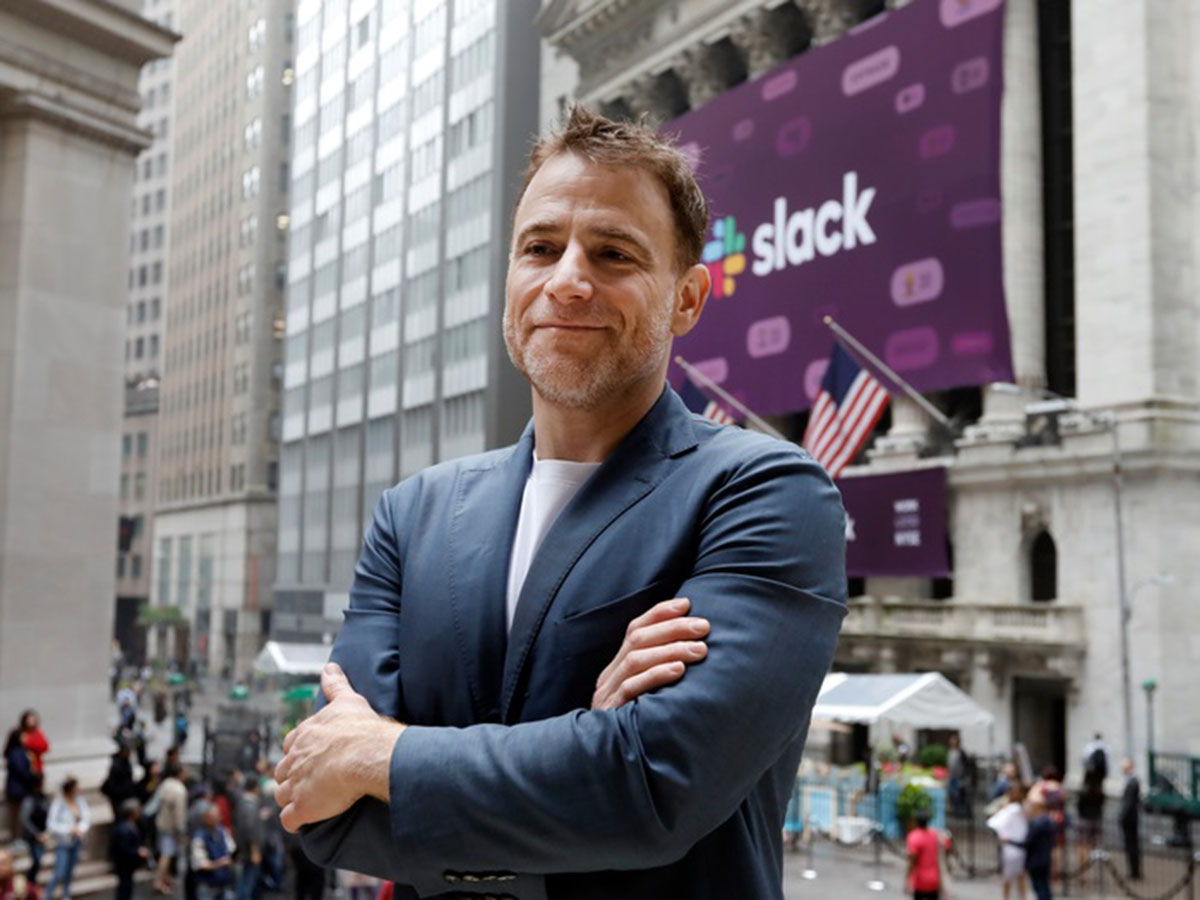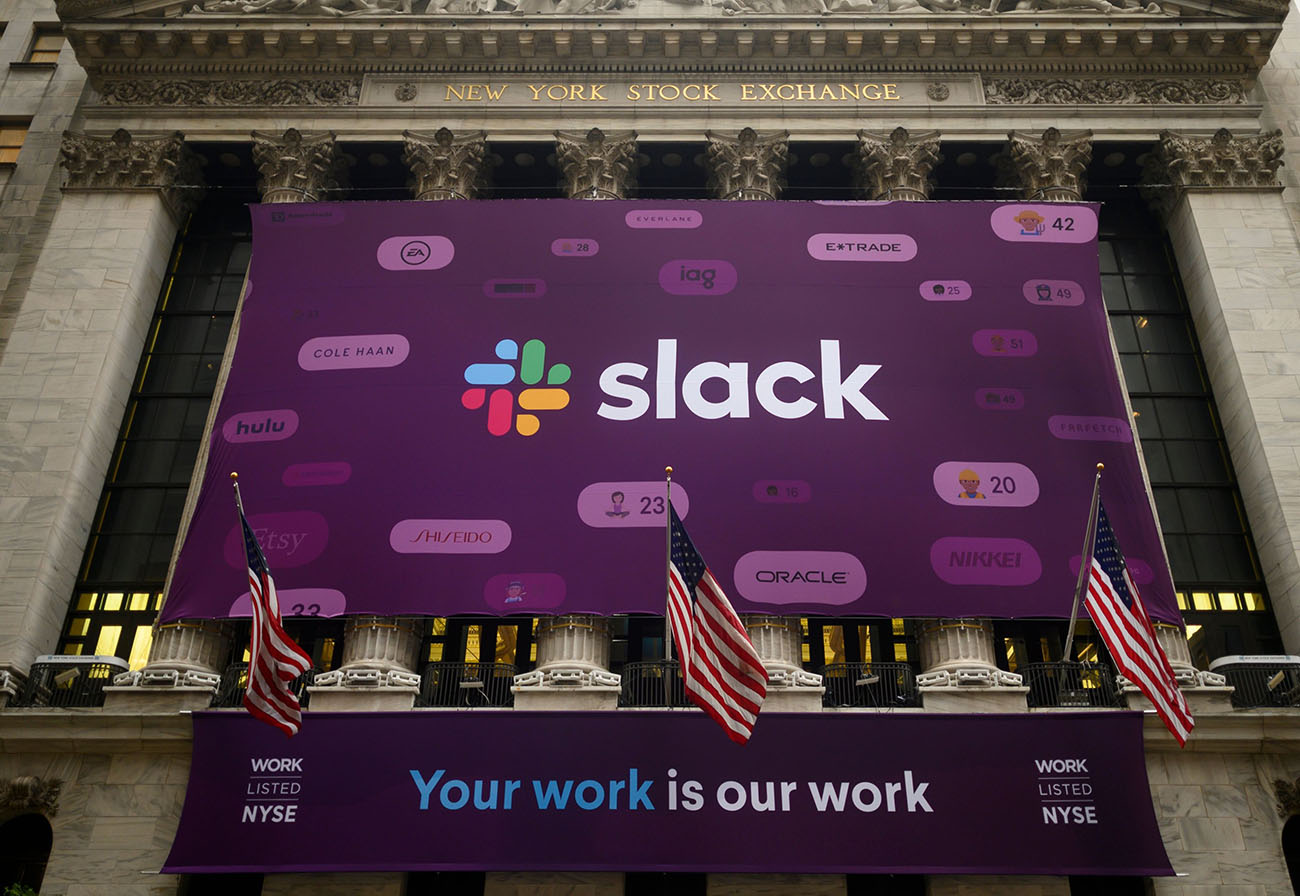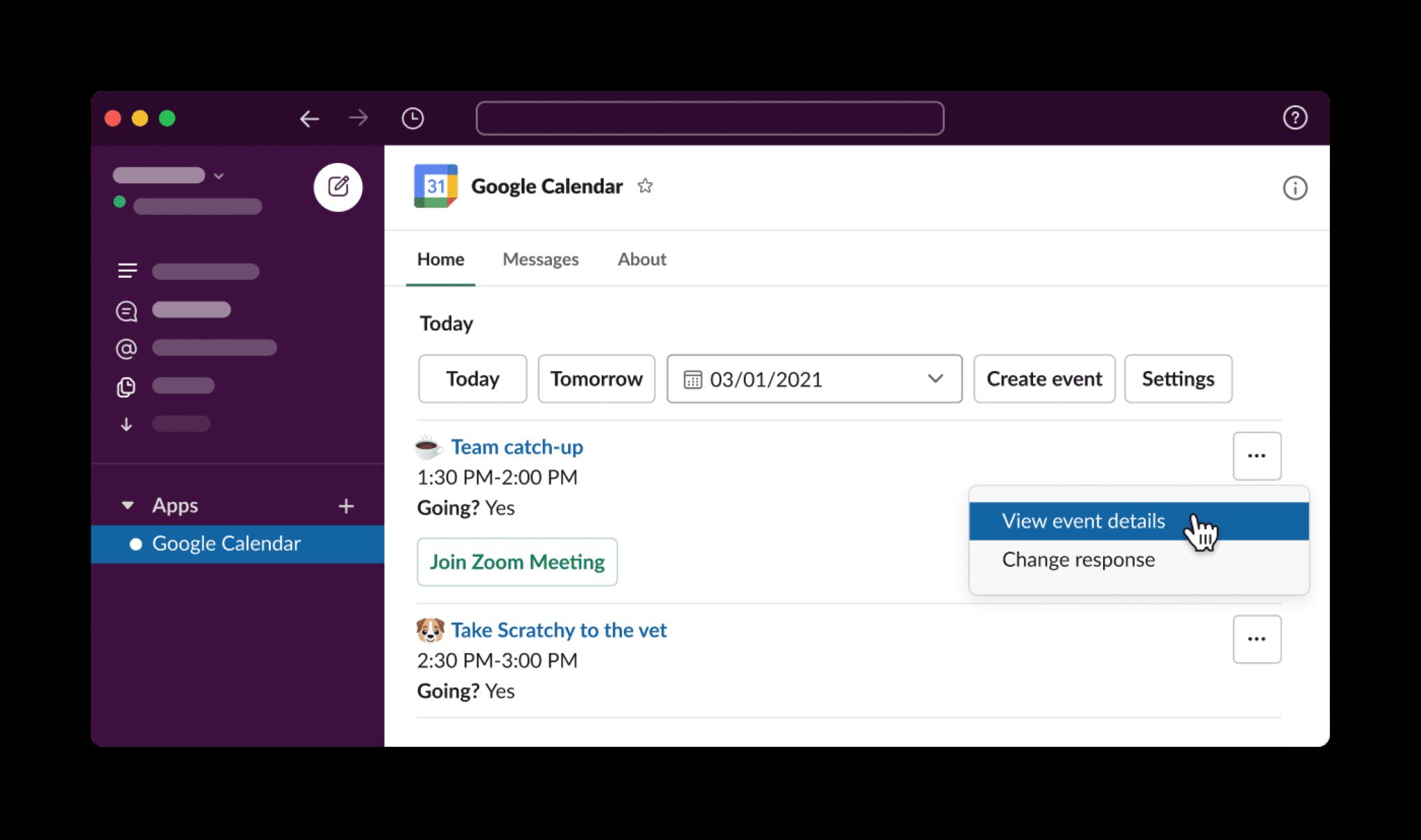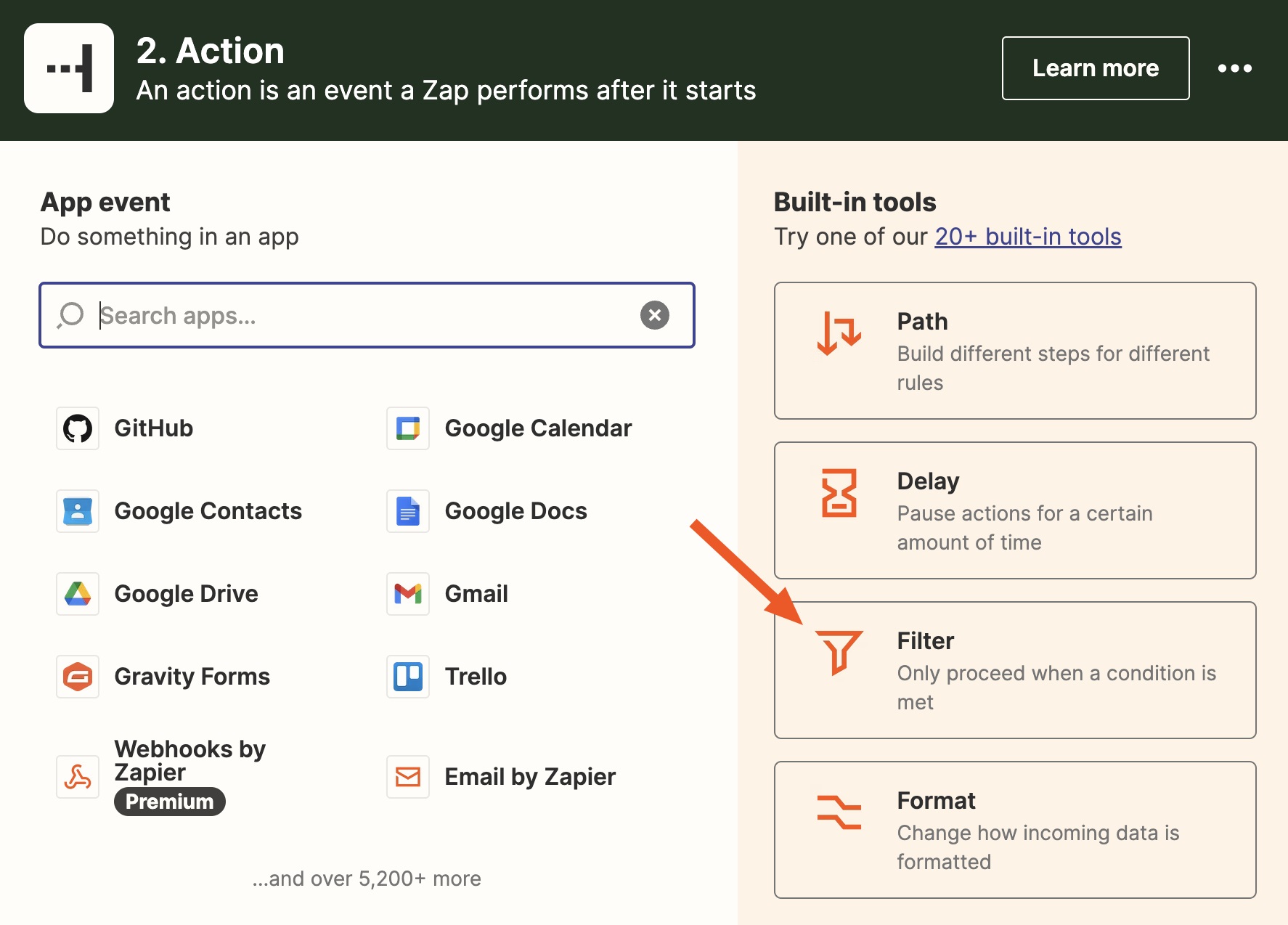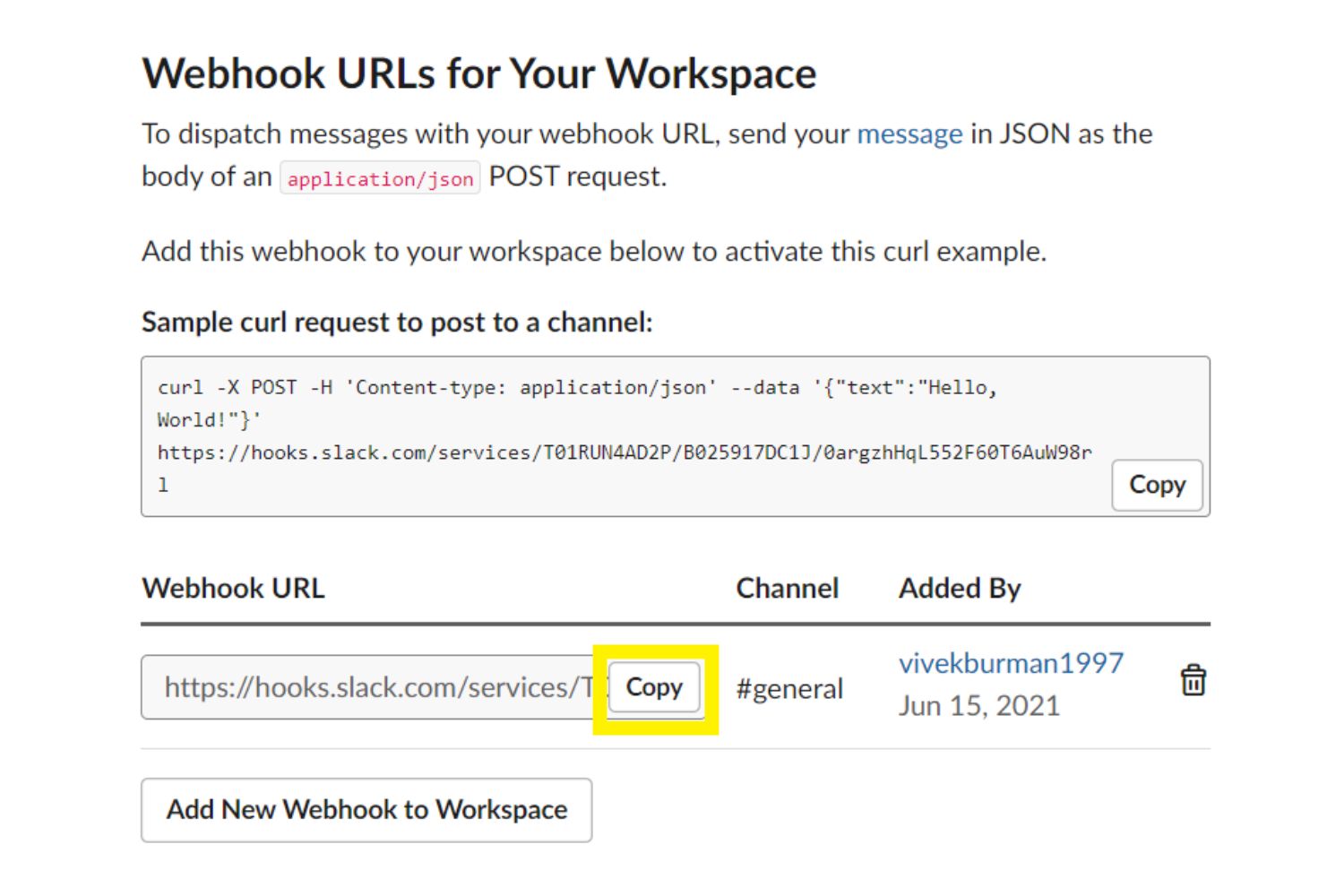Introduction
Slack has become one of the most popular collaboration tools in recent years, revolutionizing the way teams communicate and work together. With its intuitive interface, real-time messaging, and powerful integrations, Slack has gained a loyal user base comprising businesses of all sizes. But who exactly owns Slack?
In this article, we will delve into the ownership history of Slack, tracing its roots back to its early days as a startup and exploring its journey through funding rounds, an initial public offering (IPO), and finally, its acquisition by Salesforce.
Understanding the ownership structure of Slack is important for investors, employees, and users who want to grasp the company’s strategy and potential for growth. It also sheds light on the key individuals and entities that have played pivotal roles in shaping Slack’s trajectory.
Join us as we embark on this journey to uncover the story of who owns Slack, discovering the visionary founders, the investors who believed in its potential, and the recent developments that have shaped the company’s present form.
Hold on tight, as we unravel the ownership puzzle surrounding one of the most well-known collaboration platforms in the digital age.
Overview of Slack
Slack is a cloud-based collaboration tool that simplifies communication and streamlines workflows for teams. Launched in 2013 by Stewart Butterfield, Eric Costello, Cal Henderson, and Serguei Mourachov, the platform quickly gained popularity for its user-friendly interface and robust features.
At its core, Slack is a messaging app that organizes conversations into channels, allowing teams to easily collaborate on projects, share files, and exchange information. Users can also create private channels and direct message individuals for more focused discussions.
What sets Slack apart from traditional messaging tools is its seamless integration with other business applications. It offers a growing list of app integrations that allow users to automate tasks, receive notifications from various platforms, and access relevant information without leaving the Slack interface.
Slack’s intuitive design, combined with its extensive integration capabilities, has transformed the way teams communicate and collaborate. It has become a central hub for teams to share ideas, make decisions, and stay organized, regardless of their geographical location.
Since its inception, Slack has been adopted by millions of users worldwide, spanning industries ranging from technology to finance, marketing to healthcare. Its user-friendly interface and robust features have made it a go-to tool for businesses of all sizes, from startups to Fortune 500 companies.
Overall, Slack has revolutionized the way teams work together, breaking down silos, increasing transparency, and fostering collaboration. With its continued innovation and growing user base, Slack has solidified its position as a leader in the collaboration software market.
Founders and Early Investors
Slack was founded by a team of visionary entrepreneurs, including Stewart Butterfield, Eric Costello, Cal Henderson, and Serguei Mourachov. These individuals recognized the need for a modern communication tool that could enhance team collaboration and productivity.
Stewart Butterfield, a Canadian entrepreneur and software developer, had previously co-founded Flickr, a popular photo-sharing platform. After selling Flickr to Yahoo in 2005, Butterfield went on to explore new business opportunities, eventually leading to the creation of Slack.
Eric Costello, a seasoned user interface designer, played a crucial role in shaping Slack’s intuitive and user-friendly interface. His expertise in creating streamlined user experiences greatly contributed to Slack’s early success.
Cal Henderson, Slack’s Chief Technology Officer, brought his extensive experience in engineering and infrastructure management to the table. His technical expertise and leadership were instrumental in building Slack’s robust architecture, ensuring reliable and scalable performance.
Serguei Mourachov, a software engineer with a background in backend optimization, contributed to the development of Slack’s core messaging functionality. His expertise in designing efficient and reliable systems helped shape the platform’s messaging infrastructure.
Together, these founders laid the foundation for what would become a transformative collaboration tool. Their collective vision, industry expertise, and dedication were key drivers behind Slack’s early success.
As Slack gained traction in the market, it also attracted the attention of early investors who recognized its potential. Some of the notable early investors in Slack included venture capital firms such as Accel, Andreessen Horowitz, and Social Capital. These investors provided the necessary funding and support to propel Slack’s growth and innovation.
The belief and financial backing from these early investors played a crucial role in enabling Slack to expand its product offerings and attract a wider user base.
With the visionary founders and early investors working hand-in-hand, Slack was well-positioned to disrupt the collaboration software market and redefine how teams communicate and work together.
Series A Funding
After its initial launch, Slack quickly gained popularity and demonstrated its potential to revolutionize team communication. Recognizing this, Slack embarked on its first official funding round, known as Series A.
The Series A funding round took place in April 2014 and raised a significant amount to fuel the company’s growth and development. The round was led by Accel, a venture capital firm known for its investments in high-growth startups.
Accel believed in Slack’s vision and saw the immense market potential in the collaboration software space. They recognized the unique combination of user-friendly design and powerful functionality that Slack offered, making it an attractive solution for teams seeking to streamline their communication and productivity.
Accel’s investment not only provided the necessary capital injection for Slack but also brought valuable expertise and connections to the table. Their experience in scaling startups and guiding them through growth stages proved instrumental in Slack’s continued success.
In addition to Accel, several other investors participated in the Series A funding round. Some notable investors included Andreessen Horowitz, Social Capital, and Collaborative Fund. These investors saw the value in Slack’s innovative approach to team communication and aimed to support its growth and expansion.
With the Series A funding secured, Slack was able to accelerate its product development efforts and expand its team to meet the increasing demand. The influx of capital allowed the company to invest in engineering, marketing, and customer support, further solidifying its position in the collaboration software market.
This funding round not only provided the financial resources for Slack but also validated its business model and potential. It served as a vote of confidence from well-established investors, which further boosted Slack’s reputation and market credibility.
The Series A funding marked a significant milestone in Slack’s journey, enabling the company to continue innovating and improving its platform to meet the evolving needs of teams worldwide.
Series B Funding
Following its successful Series A funding round, Slack continued to gain momentum in the collaboration software market. The company’s rapid growth and increasing user base caught the attention of investors, leading to its next funding milestone: the Series B round.
The Series B funding round took place in October 2014, just months after the completion of the Series A round. The round was led by venture capital firm Andreessen Horowitz, known for its investments in transformative technology companies.
Andreessen Horowitz saw the potential of Slack as a game-changer in the way teams communicate and collaborate. Their investment reflected confidence in Slack’s ability to disrupt traditional communication channels and drive productivity for businesses of all sizes.
Several other investors also participated in the Series B funding, including Accel, Index Ventures, and Social Capital. These investors saw the opportunity for significant returns on their investments and recognized the value of Slack’s innovative platform.
The funding secured through the Series B round allowed Slack to accelerate its growth even further. With the increased capital, the company was able to invest in research and development, expand its engineering team, and enhance its product offerings.
One notable outcome of the Series B funding was the expansion of Slack’s integrations and partnerships. Recognizing the importance of seamless integration with other business applications, Slack strengthened its developer platform and formed strategic partnerships with popular software providers.
This funding round also helped Slack expand its global reach and penetrate new markets. The company invested in international expansion, opening offices in Europe and Asia, which contributed to its growing presence worldwide.
Overall, the successful Series B funding round provided Slack with the necessary resources to fuel its expansion, product development, and market dominance. It solidified the company’s position as a leader in the collaboration software space, as well as attracted attention from larger technology players, setting the stage for further growth and success.
Series C Funding
With its continuous growth and popularity, Slack captured the attention of investors yet again, leading to its next significant funding round: Series C. The Series C round took place in April 2015 and marked another milestone in Slack’s journey.
The Series C funding round was led by Thrive Capital, a venture capital firm known for its investments in disruptive technology companies. Thrive Capital recognized the transformative impact that Slack was having on team communication and productivity, and they were eager to support its continued growth.
Joining Thrive Capital in the Series C funding round were several other prominent investors, including GGV Capital, Comcast Ventures, and Index Ventures. These investors saw the immense market potential of Slack and were impressed with its rapid adoption and positive user feedback.
The funds raised through the Series C round allowed Slack to further invest in product development, user experience enhancements, and expanding its sales and marketing efforts. The company continued to refine its platform, addressing user feedback and introducing new features to cater to the evolving needs of its growing user base.
One notable development that followed the Series C funding was Slack’s focus on enterprise customers. The company recognized the opportunity to cater to larger organizations and introduced enterprise-grade features and security protocols to meet their requirements.
Furthermore, Slack used the funding to establish strategic partnerships with technology giants like IBM, Salesforce, and Google. These partnerships not only expanded Slack’s market reach but also enhanced its integration capabilities, enabling seamless collaboration with other popular business applications.
The Series C funding round was a significant milestone for Slack, providing the company with the resources and support it needed to solidify its position as a leader in the collaboration software market. It demonstrated the confidence that investors had in Slack’s long-term growth potential and cemented its status as a highly valued tech startup.
With the successful completion of the Series C funding, Slack was well-positioned to continue its forward momentum and drive innovation in the team communication space.
IPO and Public Ownership
After several successful funding rounds, Slack made a significant move towards public ownership by filing for an initial public offering (IPO). The IPO process, which took place in June 2019, allowed Slack to transition from private ownership to a publicly traded company.
Slack opted for a direct listing instead of a traditional IPO. Unlike an IPO, which involves the creation and sale of new shares to raise capital, a direct listing allows existing shareholders to sell their shares directly to the public. This approach provided an opportunity for early investors and employees to realize their returns on investment.
The direct listing gave Slack the ability to go public while avoiding the traditional underwriting process and associated fees. It also provided transparency to the market by allowing the company’s value to be determined by supply and demand.
On the day of its direct listing, Slack’s shares began trading on the New York Stock Exchange (NYSE) under the ticker symbol “WORK.” The market debut sparked significant investor interest and reflected the high demand among both institutional and individual investors.
The IPO marked a major milestone for Slack, enabling it to raise substantial capital and increase its visibility to a broader range of potential users and investors. It also helped solidify Slack’s position as a leading player in the collaboration software market.
As a publicly traded company, Slack became subject to the regulatory requirements and scrutiny associated with public ownership. The company had to provide quarterly earnings reports, adhere to financial reporting standards, and meet the expectations of shareholders and the broader market.
Slack’s successful IPO and subsequent public ownership validated the company’s business model and demonstrated the market’s confidence in its future growth prospects. It also positioned Slack to continue its innovation and expansion in the rapidly evolving field of team collaboration.
Overall, the transition to public ownership through the IPO allowed Slack to access new capital, increase its market visibility, and establish itself as a formidable player in the collaboration software industry.
Acquisition by Salesforce
In December 2020, Slack made headlines with the announcement of its acquisition by Salesforce, one of the world’s leading customer relationship management (CRM) software companies. The acquisition marked a significant milestone in Slack’s journey and signaled a new chapter for the collaboration platform.
The acquisition of Slack by Salesforce was a strategic move aimed at expanding Salesforce’s offerings and strengthening its position in the digital workplace market. With remote work becoming increasingly prevalent, the demand for collaboration tools like Slack skyrocketed, making it an attractive acquisition target for Salesforce.
The deal was valued at approximately $27.7 billion, making it one of the largest software acquisitions in history. Under the terms of the agreement, Slack became a subsidiary of Salesforce, operating as an independent unit under the Salesforce umbrella.
One of the main goals of the acquisition was to integrate Slack’s collaboration capabilities into Salesforce’s suite of CRM tools. This integration aimed to create a comprehensive platform that could seamlessly connect teams, customers, and business processes, enhancing productivity and collaboration across organizations.
The acquisition also brought about the opportunity for tighter integration between Salesforce’s vast ecosystem of applications and Slack’s platform. By leveraging Salesforce’s resources and network, Slack could potentially expand its user base and drive further innovation to meet the evolving needs of businesses.
The announcement of the acquisition generated mixed reactions from industry experts and market observers. While some praised the move as a strategic fit that would benefit both Salesforce and Slack, others expressed concerns about potential challenges in integrating the two companies effectively.
Despite the uncertainties, the acquisition signaled a significant shift in the collaboration software landscape. It highlighted the growing importance of seamless collaboration within the broader context of customer relationship management and digital transformation.
As Slack embarks on its journey under Salesforce’s ownership, the focus will be on leveraging synergies, driving innovation, and delivering enhanced value to customers. The acquisition represents a promising opportunity for both companies to redefine how organizations collaborate and connect in the digital age.
Time will tell how the acquisition unfolds and the impact it will have on the future of Slack and the overall collaboration software market.
Current Ownership Structure
Following its acquisition by Salesforce, Slack transitioned into a subsidiary of the CRM software giant. As a result, the current ownership structure of Slack is rooted within the broader framework of Salesforce’s corporate ownership.
Salesforce, led by its CEO Marc Benioff, holds the majority ownership stake in Slack. With the acquisition, Slack became an integral part of Salesforce’s portfolio, enabling the company to offer a comprehensive suite of collaboration and customer relationship management solutions.
Slack continues to operate as an independent unit under the Salesforce umbrella, which allows it to maintain its unique brand identity, development cycle, and customer base. This independence ensures that Slack retains its agility and ability to innovate within the collaboration software market.
Additionally, previous investors and shareholders of Slack, including the founders and early investors, now hold shares in Salesforce as part of the acquisition deal. These stakeholders have become stakeholders in Salesforce’s overall ownership structure, aligning their interests with the future success and growth of both Slack and Salesforce.
The acquisition also presented an opportunity for Salesforce to further integrate Slack’s capabilities into its existing product offerings. By leveraging the synergies between the two platforms, Salesforce aims to deliver enhanced collaboration experiences for its vast customer base.
Going forward, the ownership structure of Slack will continue to evolve within the context of Salesforce’s broader corporate structure. As Salesforce continues to invest in Slack and drive its integration with other Salesforce products, the ownership landscape may undergo further changes.
The acquisition by Salesforce not only brought financial stability to Slack but also provided access to Salesforce’s extensive resources, expertise, and global reach. This positions Slack to capitalize on new growth opportunities and expand its customer base in the years to come.
Overall, the current ownership structure of Slack reflects its status as a subsidiary of Salesforce, with the potential for closer integration and collaboration between the platforms. This alignment of ownership brings together the strengths of both companies, shaping the future of collaboration software within Salesforce’s comprehensive ecosystem.
Conclusion
The ownership journey of Slack has been an intriguing one, showcasing the company’s growth from its early startup days to its transformation into a subsidiary of Salesforce. From the visionary founders and early investors to the successful funding rounds and the eventual IPO and acquisition, each step has played a crucial role in shaping the company’s trajectory.
Slack’s rise in popularity is a testament to its ability to revolutionize team communication and collaboration. With its intuitive interface, powerful features, and extensive integrations, Slack has become a go-to tool for businesses of all sizes, enabling seamless collaboration and boosting productivity.
The acquisition by Salesforce further solidifies Slack’s position as a leader in the ever-evolving collaboration software market. Integrating Slack’s capabilities into Salesforce’s suite of CRM tools presents exciting opportunities for organizations to connect their teams, customers, and business processes in a more streamlined and productive way.
The acquisition also underscores the growing importance of collaboration within the broader context of digital transformation and customer relationship management. As remote work continues to shape the future of work, platforms like Slack have become indispensable for teams seeking efficient communication and collaboration solutions.
While the current ownership structure reflects Slack’s integration into Salesforce, it also signals a new chapter for the company’s growth and innovation. With the backing of Salesforce’s resources, expertise, and global reach, Slack is well-positioned to continue delivering value to customers and driving further advancements in the collaboration software market.
As Slack evolves under Salesforce’s ownership, it will be fascinating to witness the future developments and innovations that emerge. With the shared goal of revolutionizing how teams work together, Slack and Salesforce are poised to shape the way organizations collaborate and connect in the digital age.
As businesses around the world continue to recognize the importance of efficient and seamless collaboration, it’s clear that Slack will play a pivotal role in the future of team communication. With its strong foundation, visionary leadership, and now the backing of Salesforce, Slack is poised to continue its journey of transforming the way teams work and revolutionizing the world of collaboration software.







